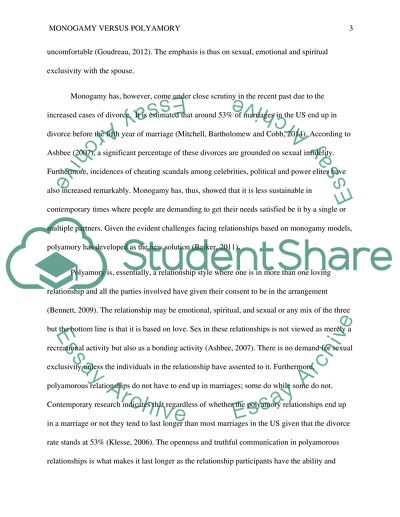Cite this document
(“Is Monogamy a More Sustainable Relationship Style than Polyamory Research Paper”, n.d.)
Retrieved from https://studentshare.org/gender-sexual-studies/1645438-is-monogamy-a-more-sustainable-relationship-style-than-polyamory
Retrieved from https://studentshare.org/gender-sexual-studies/1645438-is-monogamy-a-more-sustainable-relationship-style-than-polyamory
(Is Monogamy a More Sustainable Relationship Style Than Polyamory Research Paper)
https://studentshare.org/gender-sexual-studies/1645438-is-monogamy-a-more-sustainable-relationship-style-than-polyamory.
https://studentshare.org/gender-sexual-studies/1645438-is-monogamy-a-more-sustainable-relationship-style-than-polyamory.
“Is Monogamy a More Sustainable Relationship Style Than Polyamory Research Paper”, n.d. https://studentshare.org/gender-sexual-studies/1645438-is-monogamy-a-more-sustainable-relationship-style-than-polyamory.


